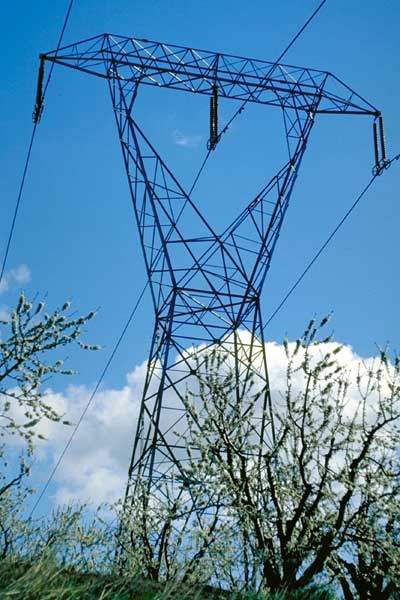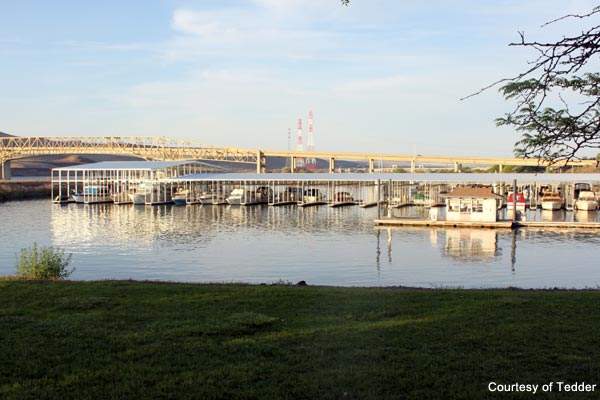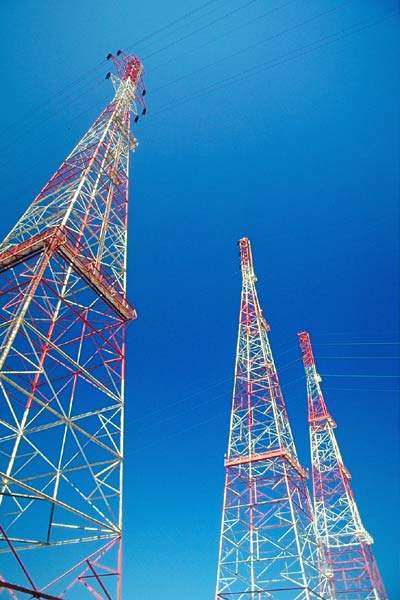McNary-John Day transmission project is a 79-mile 500KV transmission line that will be built in Washington and Oregon. The project was announced in February 2009. Bonneville Power Administration (BPA) is building the project at a cost of $246m. BPA is the Federal not-for-profit agency that markets and distributes electricity to the Pacific Northwest’s public and private utilities.
In 2009, BPA was granted $3.25bn in borrowing authority from the US Treasury under the American Recovery and Reinvestment Act for constructing the McNary-John Day transmission line apart from three other transmission lines.
Once energised in 2012, the transmission line will deliver 800MW of energy to the region. Of this, 700MW will be renewable wind energy. The project is expected to generate 700 jobs during construction.
Project background
The transmission line was originally proposed by BPA in 2000 to increase transmission capacity to satisfy load growth. It was also expected to aid new gas-fired and wind-powered generation facilities, which were planned in the southeast Washington and northeast Oregon regions. However, several of these projects were put on hold due to the change in market conditions and lack of funds.
BPA signed a record of decision in 2002 stating that the project will be constructed once funding is available. BPA, however, proceeded with preliminary construction activities such as buying easements in certain segments of the line and building the transmission tower pads at the Columbia River crossing.
In 2008, BPA carried out a Network Open Season process to seek requests from generators for access to the Federal Columbia River Transmission System. BPA obtained a significant amount of requests under the Network Open Season. In addition, new power generation facilities were also announced in the region. The requests received from the Network Open Season process and the new power generation facilities required construction of the transmission line.
The new power generation facilities in the region include Starbuck Power Project and Wallula Power Project. Starbuck Power Project is a natural gas-fired generation facility with a 1,200MW capacity and will be located in Starbuck in Columbia County, Washington. The facility being built by Starbuck Power, will require a 16-mile transmission line to integrate the generated power into the transmission system.
The Wallula Power Project, a 1,300MW generating station, is built by Newport Northwest. The project will be situated close to Wallula in Walla Walla County, Washington and requires a 29-mile transmission line.
McNary-John Day Project
The route of the McNary-John Day transmission line begins at BPA’s McNary Substation in Umatilla, Oregon, and intersects the Columbia River located towards the north of the substation. The line then passes through Benton and Klickitat counties entering into Oregon and closing at BPA’s John Day Substation in Sherman County. The entire transmission line’s route is parallel to an existing transmission line corridor and will use the existing right-of-way.
The new transmission line will necessitate upgrades to about 40 miles of current access roads in terms of reconditioning and widening. It will also include construction of 8 miles of new access roads and purchase of new easement for 30 new access roads, which are off of the right-of-way. Construction of 12.5 miles of 270 new 250ft long spur roads will be taken up from an existing access road to a new tower.
Construction
Around 360 transmission towers will be needed for the transmission line. Oregon will have 20 towers and Washington will have 340 towers. The towers will be 145ft-165ft tall lattice steel towers made of galvanised steel. The towers will be placed 1,000-1,300ft apart from each other. The towers exiting McNary Substation and those at the river crossings will be bigger than the other towers. The towers on both sides of the Columbia River will be 315ft tall with a span of 2,000ft. The tower on the north side of John Day Substation will be 340ft tall and the one on the south side will be 140ft. About five to six towers which will carry conductor from the McNary Substation to the river crossing will be 200ft-270ft tall.
Environmental impact
BPA, in 2002, prepared an Environmental Impact Statement (EIA) under the National Environmental Policy Act (NEPA) to determine the potential impact of constructing the transmission line. The EIA did not find any major environmental concerns regarding the project. In 2009, a supplement analysis of the project was conducted to assess any major environmental concerns which might have arisen since the completion of the final EIA in 2002. The supplement analysis also found no significant changes to the final EIA.
Key players
In April 2009, BPA entered into a five-year agreement with Alcan Cable, an Oregon-based aluminum cable, rod and strip products manufacturer, to purchase $9.5m worth of cable for the transmission line. Wilson Construction, a construction company specialising in electrical distribution and transmission power lines, was awarded a $38m contract to construct a 70 mile portion of the transmission line. Thompson Bros. Excavating (TBE), a subcontractor to Wilson Construction, was awarded a $1.6m contract for the project. TBE will undertake construction and improvement of around 100 miles of transmission line access roads for the project.
Other transmission lines
To satisfy the region’s transmission needs, BPA has planned three more high-voltage transmission lines. Along with the McNary-John Day transmission line, the three transmission lines will lend 225 miles of high voltage transmission to the Pacific Northwest. Together the transmission lines will deliver 2,800MW of energy to the area.
Environmental impact studies for the three transmission lines will be conducted in the near future. These studies are expected to take between 18 months and three years depending on the complexity of the projects. Construction of the four transmission lines will help in enabling 4,700MW of wind energy to come online and create 20,000 jobs.




